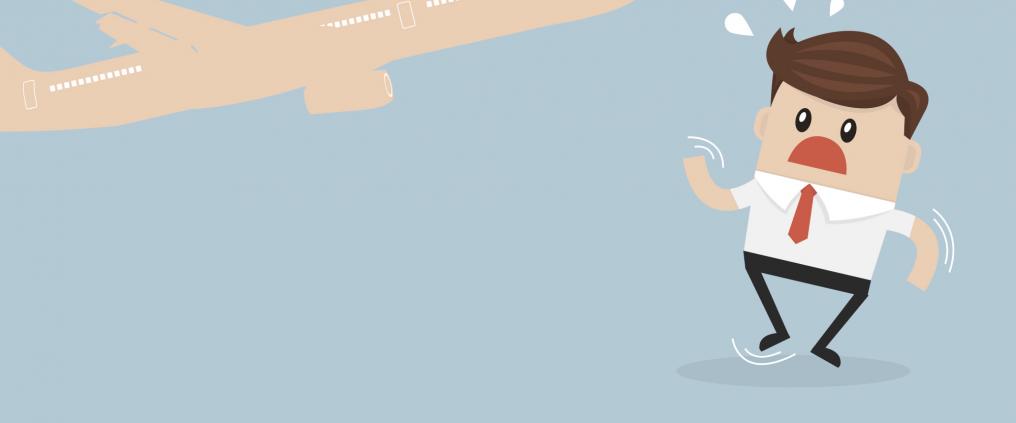For about eight percent of these people, this fear is so intense that it prevents them from flying at all.
An individual who is afraid of flying may have physical symptoms, such as anxiety, palpitation, or an upset stomach. People suffering from aviaphobia are typically uneasy and irritable before a flight, and concentrating on anything else is a struggle. They may also have trouble sleeping.
Fear of flying is not an illness
Aviaphobia is rarely discussed at the doctor’s office, but it does happen.
There are many different reasons for such fear. Other fears altogether, such as fear of heights or claustrophobia, are very common. Panic disorder may also cause fear of flying, and even people who are usually neutral about flying may, under intense stress, feel at least uncomfortable aboard an aeroplane.
One of the most common reasons is probably the fear of losing control: There you sit, in a closed metal tube, at 30,000 feet, and someone else is at the controls.
Search for information, and bring along something pleasant to do
A good way to cope with this fear is to search for information about the subject before the flight. Such fears are alleviated when you understand how the plane stays in the air, and why you hear knocking and whizzing sounds from the plane during the trip. Many kinds of turbulence and bumps in the air are part of a perfectly normal flight.
Finnair Flight Academy arranges flight passenger safety courses, which last a day and a half and provide information about these precise matters . Examining statistical information may also be of help.
Statistics compiled by the Finnish Transport Safety Agency Trafi show that there are, on average, 1.8 fatal accidents per one million flights in Europe.
Another efficient method is to prepare something pleasant to do during the flight that requires concentration. A good book, a captivating movie, or listening to your favourite music may take your ideas away from the fear.
Desensitization may help with the fear of flying, and routines create familiarity. For instance, always book the same seat on a plane and do something nice at the airport. If you suffer from claustrophobia, you should choose an aisle seat.
Alcohol is bad medicine for the fear of flying
A common home remedy for alleviating anxiety caused by aviaphobia is to drink alcohol or take a sedative. However, these only treat the symptoms of the fear, not the fear itself.
One shot of courage should do no harm, but it makes sense to remember that alcohol has a stronger effect in the plane’s cabin, in thin air, than on the ground. Sobering up on a plane is no fun, especially during turbulent flight conditions.
Also, sedatives may work differently while in the air than usual. You should discuss this with your doctor.
I wish you many fearless trips!
